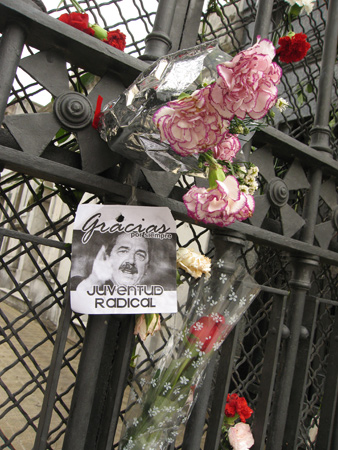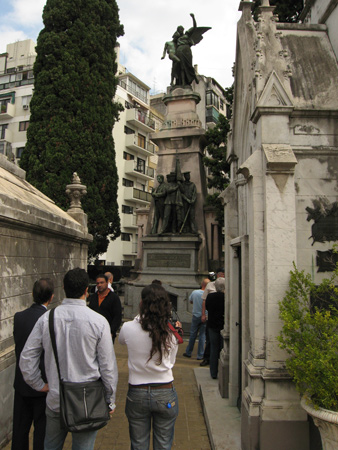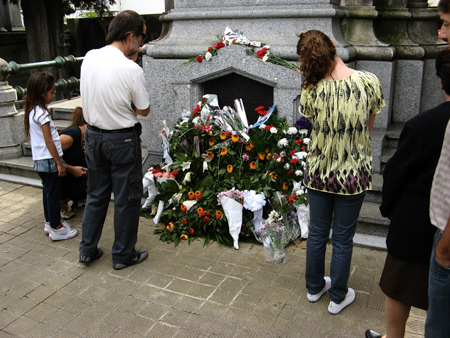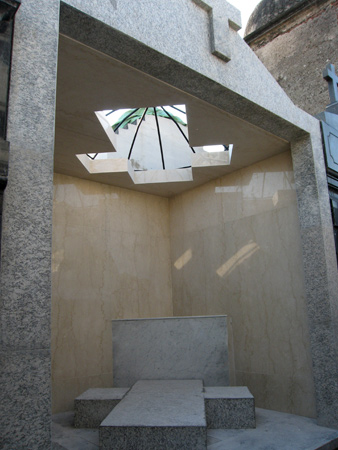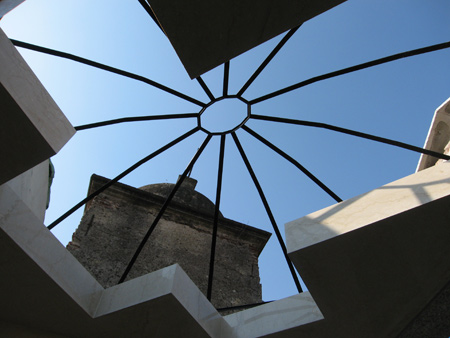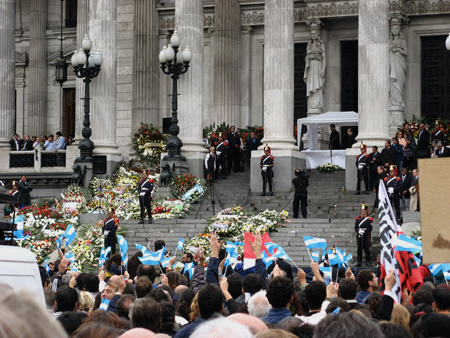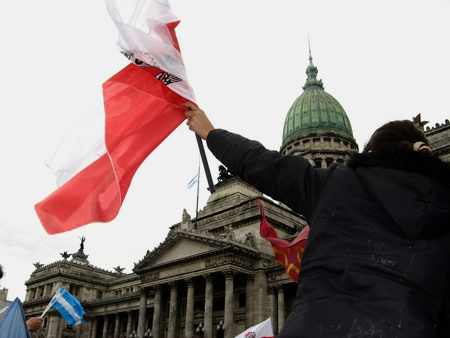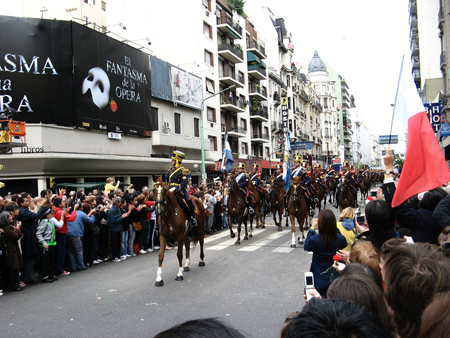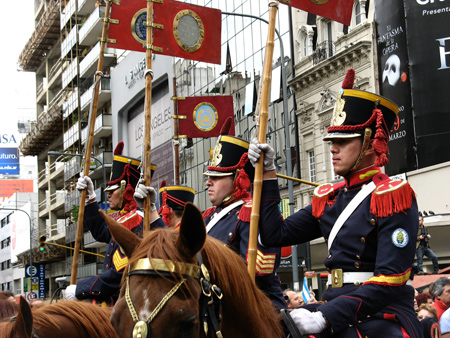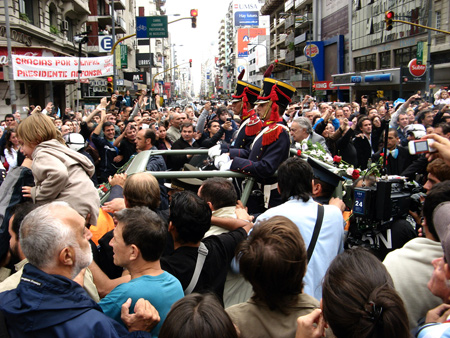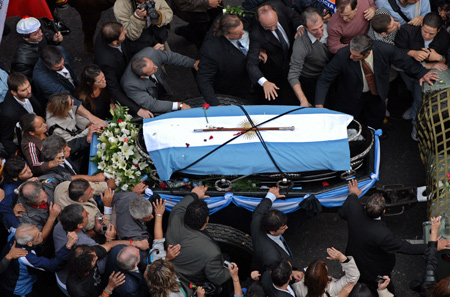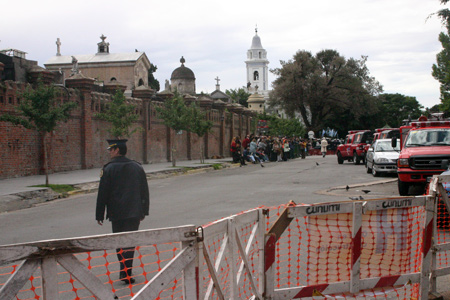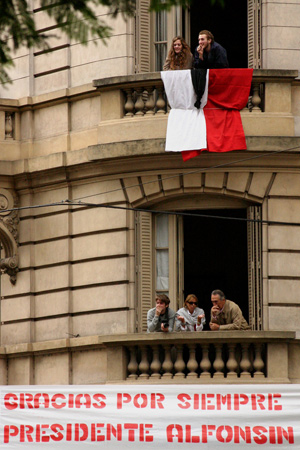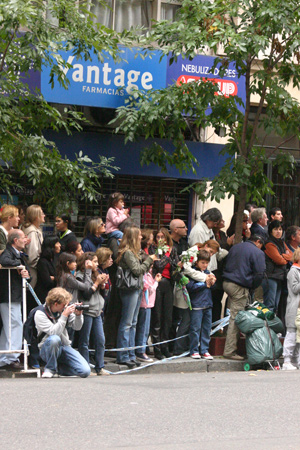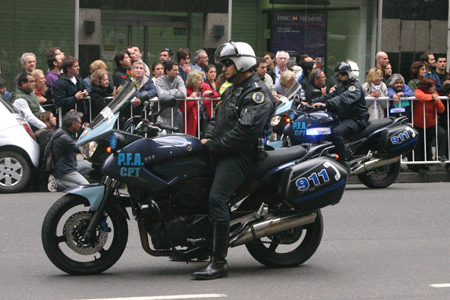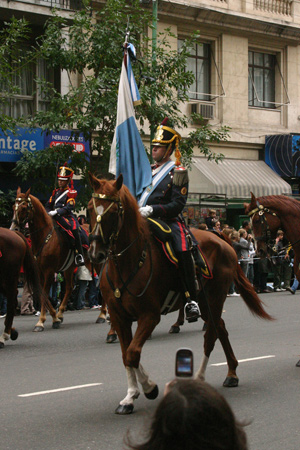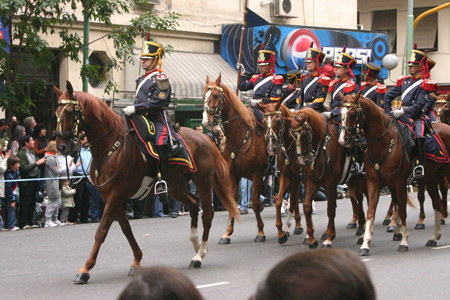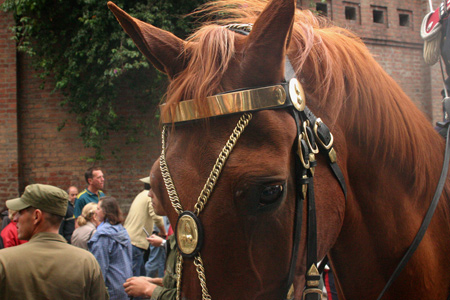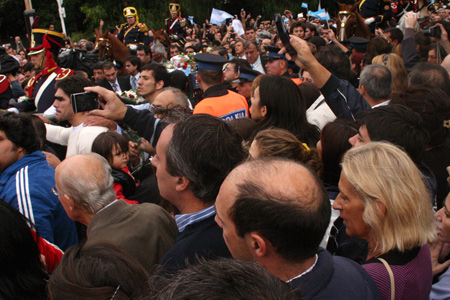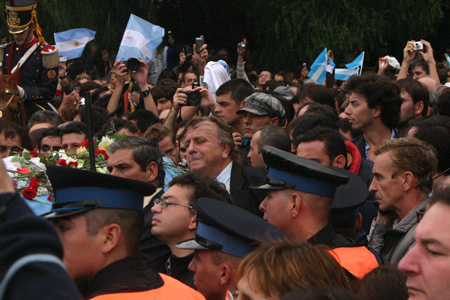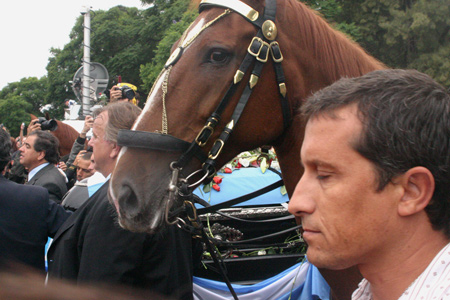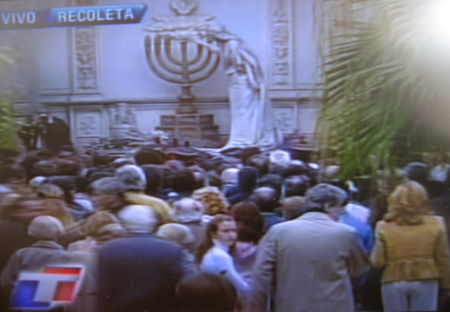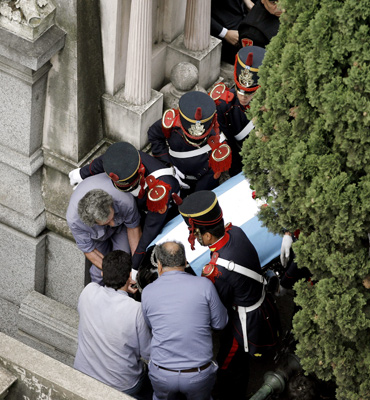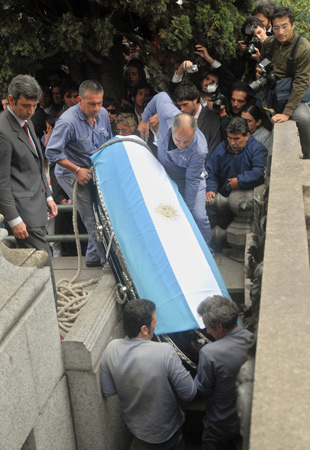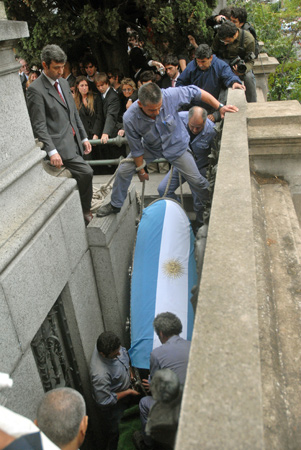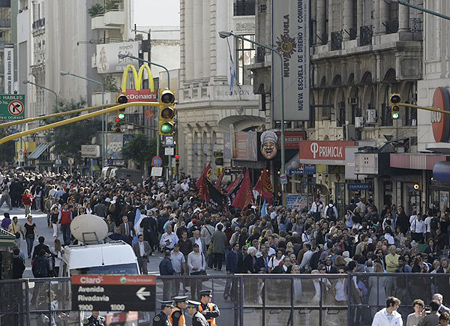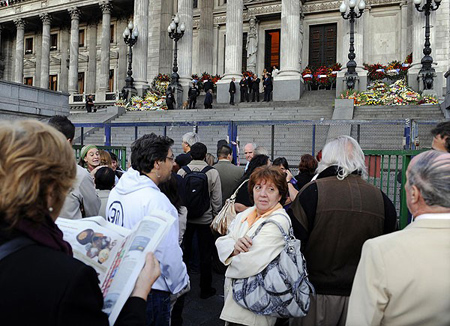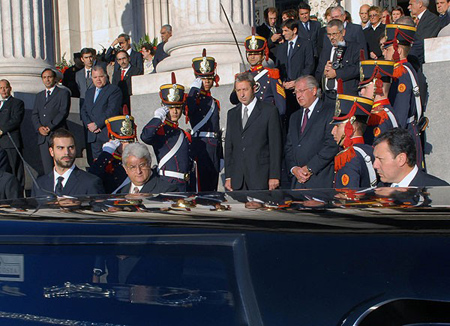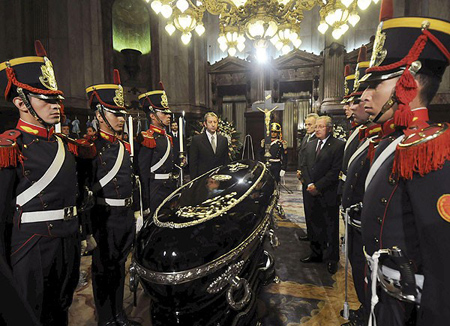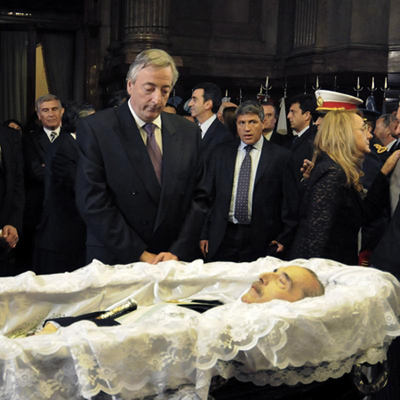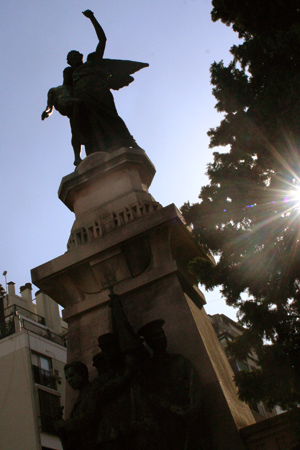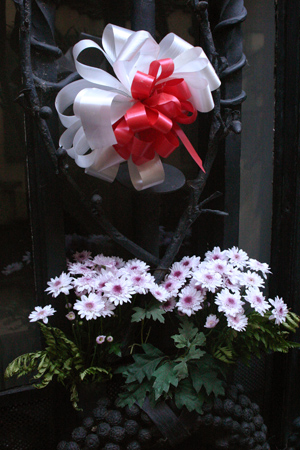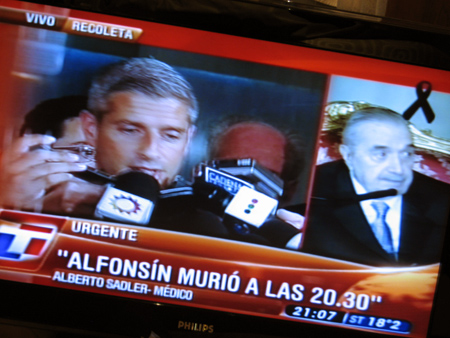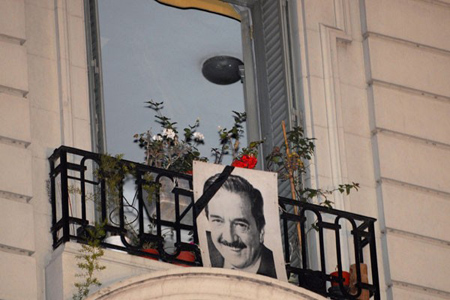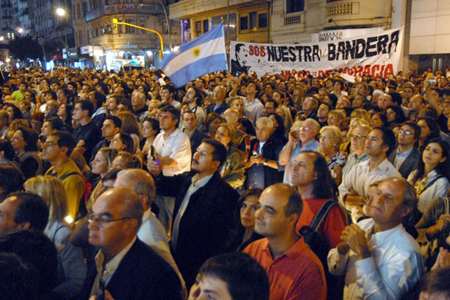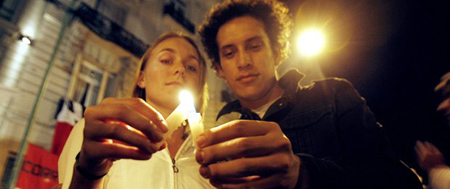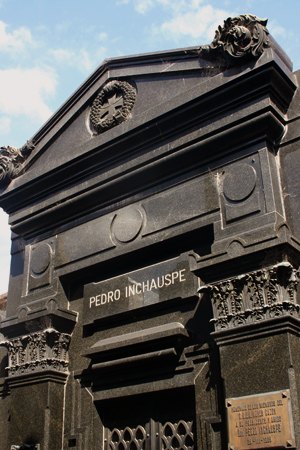
Many people who visit Recoleta Cemetery have heard about Perón’s policy of allowing Nazi war criminals safe haven in Argentina after World War II. But there is another, often neglected part of the story. Argentina could have easily been on the Allied side long before Perón came to power.
Argentina consulted the UK about declaring war on Axis powers in 1939 under the presidency of Roberto Ortiz. England had been Argentina’s chief creditor for decades & one of the major importers of Argentine grain & livestock. But Argentina was advised to maintain neutrality so they could continue to supply food to a nation at war. As a contrast to Ortiz’s willingness to involve Argentina in a conflict in another hemisphere, his government also issued an order to deny visas to any Jewish person trying to escape the Holocaust. His interests were obviously only economic.
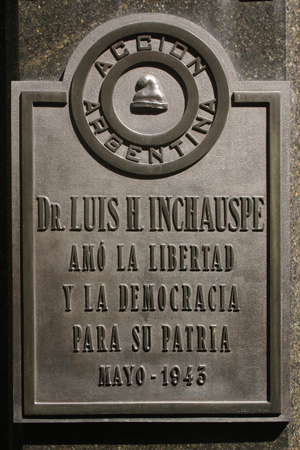
In a response to the horrors of Axis domination in Europe, Acción Argentina formed in 1940 led by ex-President Marcelo T. de Alvear. Although their motives were different than those of Ortiz, they might have been successful in taking Argentina to war if the US had not been attacked in 1941. Dropping their isolationist policy, the US requested at a conference in Rio de Janeiro that all American nations form a united front against Axis powers. To many —including Argentina foreign minister & Nobel Laureate Carlos Saavedra Lamas— the US request sounded like a way to extend their own power to South America & the request was rejected.
Other members of Acción Argentina included Victoria Ocampo, Nicolás Repetto, Alicia Moreau de Justo, & former President Agustín P. Justo. Although total membership was under 500, elite members gave the organization a strong voice.
For more info, check out a book by Andrés Bisso titled “Acción Argentina y las estrategias de movilización del antifascismo liberal-socialista en torno a la Segunda Guerra Mundial, 1940-1946.” Under US pressure, Perón’s predecessor declared war on Germany about 6 months before the conflict was over.
2 Comments